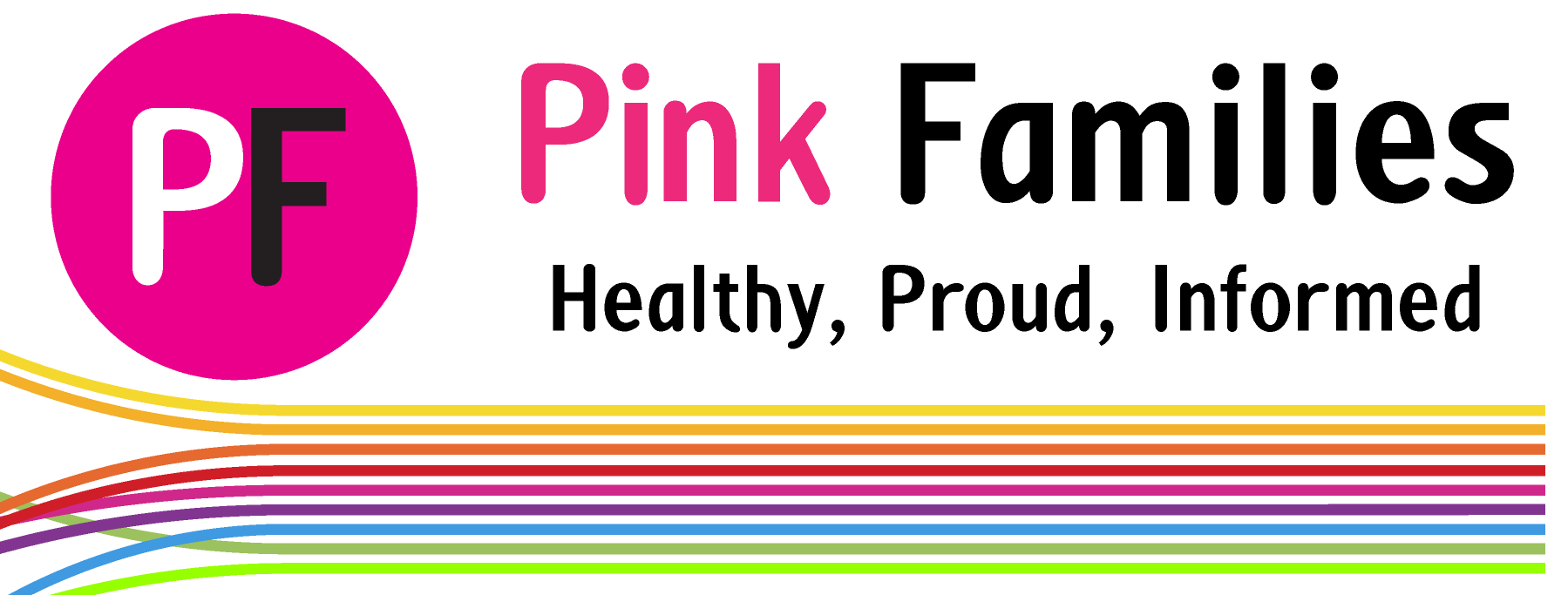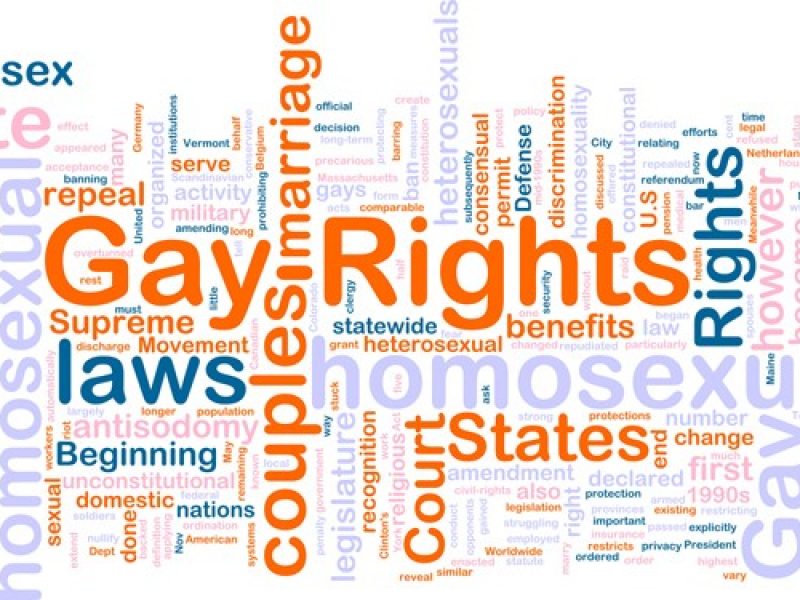Direct discrimination
Direct discrimination is when you are treated less favorably because of your sexual orientation, as compared to someone else who has a different sexual orientation to you. For example, someone who is straight may be treated in a more favorable way than someone who is bisexual.
Direct discrimination can also occur when you are treated less favorably because of the sexual orientation of someone you know. For example, this type of discrimination may take place when you are treated less favorably because you are close friends with someone who is gay.
This type of discrimination is sometimes referred to as discrimination by association.
Indirect discrimination
Indirect discrimination is where certain practices, rules or policies place you at a disadvantage as compared to someone of a different sexual orientation. This type of discrimination is a little bit more complicated to identify as compared to direct discrimination.
A second example is when counseling groups are structured around heterosexual relationship structures rather than being inclusive of everyone. For example, a bereavement group is offered for bereaved husbands rather than a bereaved-partner counseling program.
Institutional discrimination
Institutional discrimination is where discrimination operates at a structural level. This type of discrimination exists within the structures, processes and procedures of organizations.
At first, experiences resulting from institutional discrimination may seem like one-offs and quite random unconnected incidents. However, the longer you interact with the service the more clearly you realize that these one-off situations are part of a much bigger picture of systemic discrimination.
Institutional discrimination lies at the very heart of service and systems. It operates within the very fabric of the organization and this is why it is sometimes very difficult to address.


